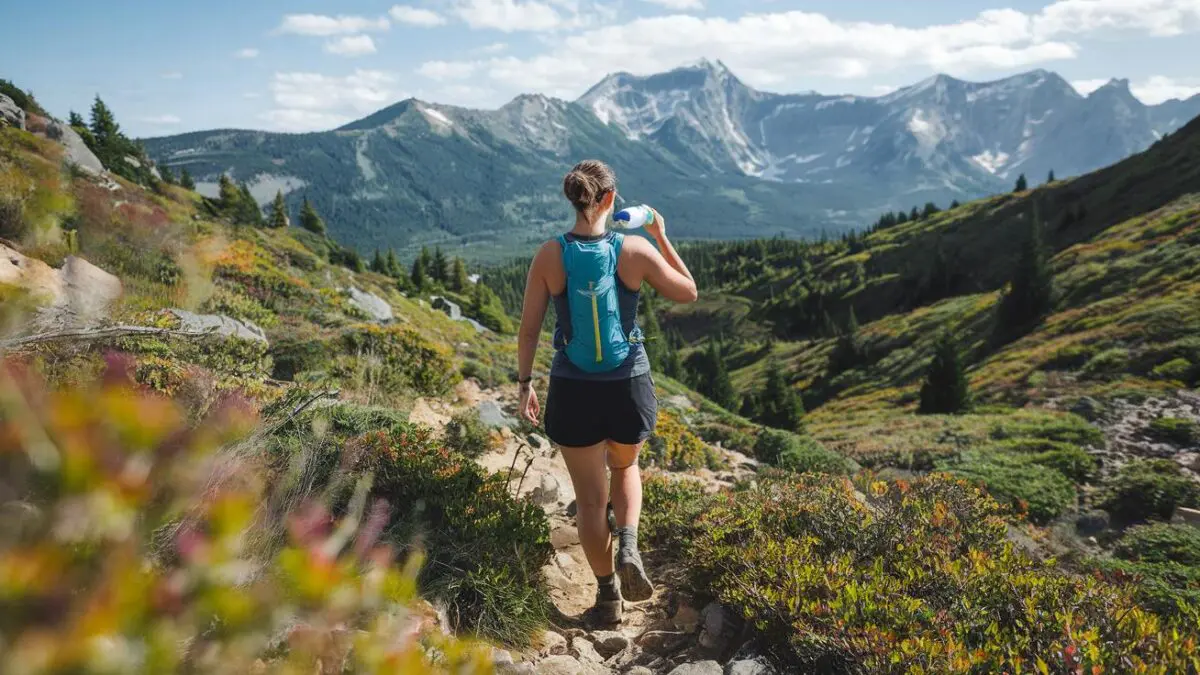As a journalist who covers the intersection of health and outdoor activities, the implications of proper hydration while hiking cannot be overstated. This new study sheds light on how exactly the amount and timing of water intake can help hikers maintain their pace on trails.
Study reveals optimal hydration rate for trail hikers
Conducted by the Institute of Outdoor Recreation and Environmental Studies, the research analyzed the effects of different hydration levels on the physical performance of hikers. Participants who consumed 600ml of water every 20 minutes were able to maintain their pace and reported less fatigue compared to those who drank less frequently or smaller amounts.
This finding challenges the commonly held belief that drinking ‘when you feel thirsty’ is sufficient during strenuous activities such as hiking.

Methodology and participant demographics
The study involved 100 participants, ranging in age from 25 to 50, who were monitored during a 10-mile hike under controlled conditions. Each participant’s hydration status was closely tracked using wearable technology that measured hydration levels and physical performance indicators.
Impact of hydration on endurance and fatigue
Participants adhering to the 600ml/20-minute rule showed a 20% better endurance rate and a 15% decrease in reported fatigue levels. This section of the study highlights how critical proper hydration is to maximizing endurance and minimizing fatigue during long hikes.
Comparison with other hydration strategies
The study also compared the 600ml/20-minute strategy with other popular hydration methods. For instance, drinking 300ml every 30 minutes and the ad libitum (drinking at will) method were also tested.
- 300ml every 30 minutes resulted in a 10% decrease in performance.
- Ad libitum drinking led to varied results, often correlating with a decrease in performance stability.

Practical applications for hikers and outdoor enthusiasts
The findings of this study serve as a valuable guideline for hikers and anyone engaged in prolonged outdoor activities. Implementing a structured hydration strategy, such as consuming 600ml of water every 20 minutes, could greatly enhance physical performance and overall trail experience.
This strategy is particularly relevant in challenging environments where maintaining a consistent pace is crucial for safety and success.
Risks and precautions for excessive hydration
While the study advocates for regular hydration, it also warns against the risks of overhydration, or hyponatremia, which occurs when the body consumes water at a rate faster than it can be processed. Symptoms include nausea, headaches, and in severe cases, water intoxication.
Outdoor enthusiasts are advised to tailor their water intake to the intensity of the activity and their personal hydration needs, considering factors such as weather conditions and individual health status.



